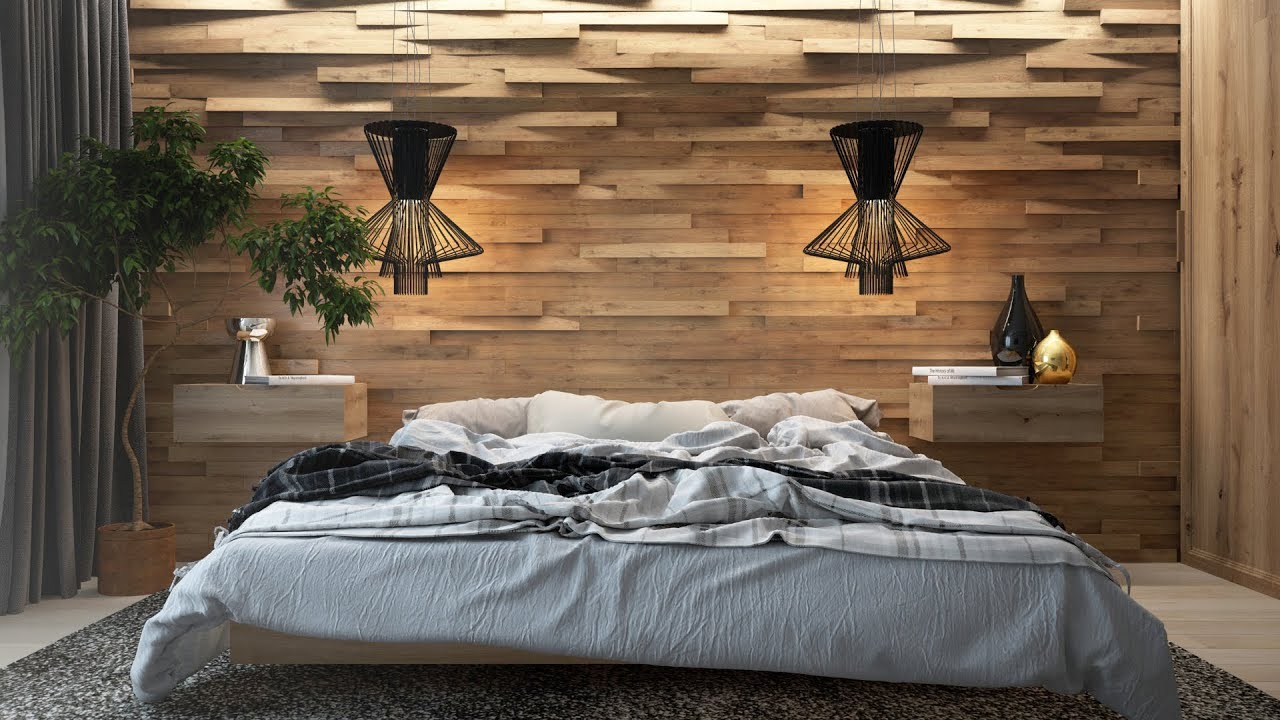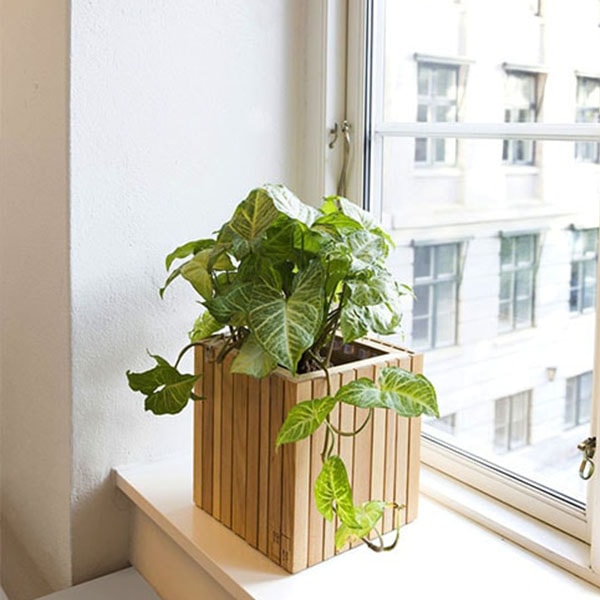
Interior Design: The Importance of Our Inner Worlds | Talismans Edition
Envision the room you’ve felt the safest in, one you could loiter in for hours. How is it constructed? What totems does the room contain that make you feel safe, inspired, whole? What care was taken to construct this room? It doesn’t have to be a room of your own. It could be housed within a museum, a rented cabin, maybe a friend’s. Now what of the room of your mind, housed within your body. Our mind is also filled with architecture – that of our vision of the world, our neural pathways forged through habit and learning, and all that comprises our personality. This room is massive, to say the least.
As the noise in the outside world has reached a high-powered, tireless roar – one that seems to only crescendo – and as fractured world affairs take tragic turns, our inner sanctuaries, our homes and our minds, need to be tended to with the utmost care. Global politics alone right now are enough to send our blood pressures into the danger zone and our psyches into the gutter. Pulling from my work in design, as a store owner, as well as coach and facilitator, this series came to me because sanctuaries feel more important than ever. It feels necessary I share with you some of my tips on creating more peaceful inner sanctums based upon my own work. In this first installment, we’ll focus on the importance of singular, physical items to anchor some comfort and peace within us – talismans, or simply just objects if you prefer.
- 1. Object by function:
-
Objects can stimulate our behavior by means of their function.”Our relationship to the things we own goes far beyond utility and aesthetics”, according to New Scientist, and that’s ok in this case, in most cases. The New Scientist also goes on to say “our ability to imbue things with rich meaning is a universal human trait that develops early in life”, and this is precisely what we’re to do with this particular object.
If you’ve any knowledge of PTSD, mood disorders, or trauma, you’re likely somewhat familiar with “triggers”. Psychology Today defines triggers as “specific memories, behaviors, thoughts and situations that jeopardize recovery”. People, objects and places can be triggers as well. It seems pretty widely accepted that triggers are generally negative, but, like the sight of your beloved puppy or a photo of a wonderful childhood memory, triggers can be exceptionally positive, too.
So I find triggers are a wonderful place to start! When making some changes to your favorite room, make form AND function key criteria for one of the prominent items you place in it. For example, if fond memories are a chosen trigger, blow up a favorite photo and selectively frame it. If music is your most effective calming agent, don’t stop at just listening to it. Prop your favorite instrument – whether you play it or not – prominently in the room, as a symbolic reminder of the serenity of music.
-
Objects can stimulate our behavior by means of their function.”Our relationship to the things we own goes far beyond utility and aesthetics”, according to New Scientist, and that’s ok in this case, in most cases. The New Scientist also goes on to say “our ability to imbue things with rich meaning is a universal human trait that develops early in life”, and this is precisely what we’re to do with this particular object.
- 2. Palm-size crystals:
- Find a crystal that speaks to you and place it within a conspicuous spot in your favorite room. Do not interrupt the process to learn about the crystal’s purported properties or healing modalities first. Which rock do you want? – that is the simple, driving question in this exercise. This crystal is a rock-solid – yep, had to – reminder of whatever we want to ascribe to it. It could be “this room is a no-news soon” or “in here no fear is aloud”. Why a crystal? Merely because crystals, no matter what your belief, are organic, mutating matter, and they are undeniably great decor. You can place that crystal in your hand, roll it around, and receive a physical prompt of whatever note to self you placed on it. You can meditate with it, and you can use it as a reminder of the simple beauty nature bestows upon us. Some of my favorites are rose quartz, turquoise, quartz wands and smoky quartz.
- 3. That which is alive, a plant:
- I like there to be little boundaries between indoors and outdoors…without actually living in a treehouse. I find I’m not alone. Nature is healing, and some houseplants are imbued with actual medicinal qualities. As we recently noted at Of The Wolves, “when we bring the outdoors in, physical and mental health benefits result. During photosynthesis, plants consume atmospheric carbon dioxide and respire life-giving oxygen. They excel at phytoremediation – the detoxification of our environment. Roots and leaves gobble up trace contaminants from our air, reduce the amount of airborne dust and increase interior humidity.” NASA has actually undertaken multiple studies of this simple phenomenon. But while plants serve so many purposes and are a lovely extension of nature, what I take most away from their presence is something I wish we could all meditate on daily across the world: people and nature are interconnected – biologically, universally, metaphorically. To be reminded of that in a tangible way is a wonderful salve. Some great indoor plants include pothos, succulents, and dumb cane.
 Crystal
Crystal A Plant
A Plant